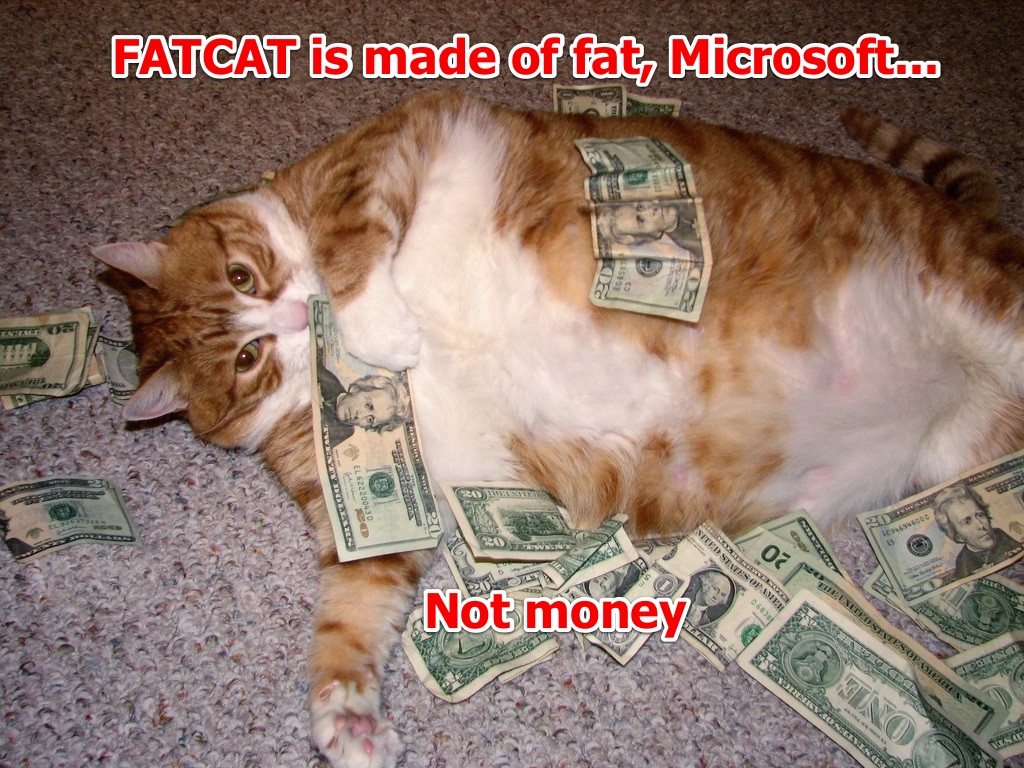Microsoft’s recently announced Surface tablet may only be available with Wi-Fi connectivity when it launches later this year, according to a Bloomberg report that cites unnamed sources familiar with the matter.
[aditude-amp id="flyingcarpet" targeting='{"env":"staging","page_type":"article","post_id":478839,"post_type":"story","post_chan":"none","tags":null,"ai":false,"category":"none","all_categories":"mobile,","session":"D"}']The Surface already faces heavy competition from Apple’s iPad and Android-based tablets from Samsung and Motorola, all of which have pricier 3G/4G-enabled models in addition to Wi-Fi. If Bloomberg’s report is correct, then Microsoft likely decided it wasn’t worth trying to compete with the high-end level devices.
That’s probably a very smart move for Microsoft’s first-generation tablet. While plenty of people may purchase a 3G/4G-enabled iPad, studies have shown that they don’t take advantage of it — regardless of if they pay the extra monthly data bill to a wireless carrier. A mere six percent of all data usage on iPads came from cellular data, while Wi-Fi data accounted for 89.3 percent, according to a Localytics report released in March. That said, anyone thinking of buying a Surface isn’t going to be put off by the lack of 3G/4G functionality.
AI Weekly
The must-read newsletter for AI and Big Data industry written by Khari Johnson, Kyle Wiggers, and Seth Colaner.
Included with VentureBeat Insider and VentureBeat VIP memberships.
But there could be other reasons Microsoft decided against a 3G/4G Surface model. First off, it would have had to negotiate with wireless carriers prior to the announcement, which would have increased the the chances that news of the device would have leaked. That’s a minor factor, because if partnering with carriers on Surface data plans was crucial to the company’s strategy, it wouldn’t have paused. The more likely explanation is that the low-end model Surface’s retail price is already higher than the competition.
Microsoft didn’t announce the Surface’s retail prices during its launch event earlier this week. Yet, TheNextWeb is reporting that pricing will range from $599 for the low-end 32GB Windows RT model to a whopping $999 for the Windows 8 Pro model. For that kind of money, shoppers will be looking at spec sheets to determine if it’s worth the price when there are cheaper options out there.
Let’s start with the low end. Samsung’s 10-inch Galaxy Tab 2 is $399, and Apple’s least expensive tablet is the $399 Wi-Fi only 16GB iPad 2, which doesn’t have the gorgeous Retina Display or optimum hardware inside. If you want a Surface, you’ll already have to justify spending $200 more. And remember how everyone was in love with the Surface’s seamless integration with Windows 8 desktops earlier in the week? Well, these consumers probably won’t have a Windows 8 PC, so that’s not really a selling point. Apple’s Wi-Fi only iPad 3 runs $599, which is comparable to the 32GB Surface in price, but the Surface lacks the pretty Retina Display.
Now let’s turn to the high-end Wi-Fi only Surface for $999, which could potentially face competition from lower-priced, super portable Ultrabooks. There are a few advantages to having a tablet, sure. But how many shoppers will go with the unknown, more expensive option when presented with the choice between a $999 Surface or a $799 -$899 Ultrabook.
Do you think the Microsoft Surface will face tougher competition because of the rumored $599/$999 retail prices and lack of 3G/4G data? Let us know in the comments.
[aditude-amp id="medium1" targeting='{"env":"staging","page_type":"article","post_id":478839,"post_type":"story","post_chan":"none","tags":null,"ai":false,"category":"none","all_categories":"mobile,","session":"D"}']
VentureBeat's mission is to be a digital town square for technical decision-makers to gain knowledge about transformative enterprise technology and transact. Learn More

